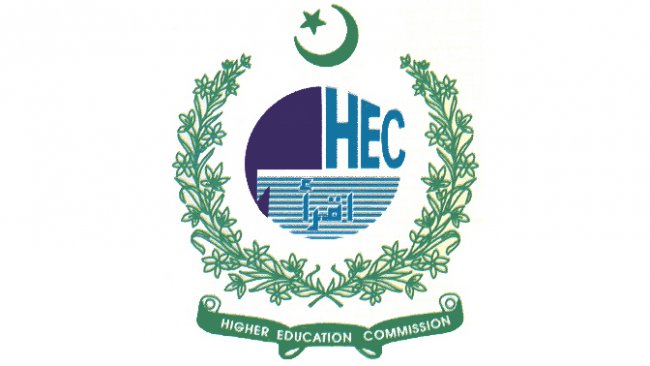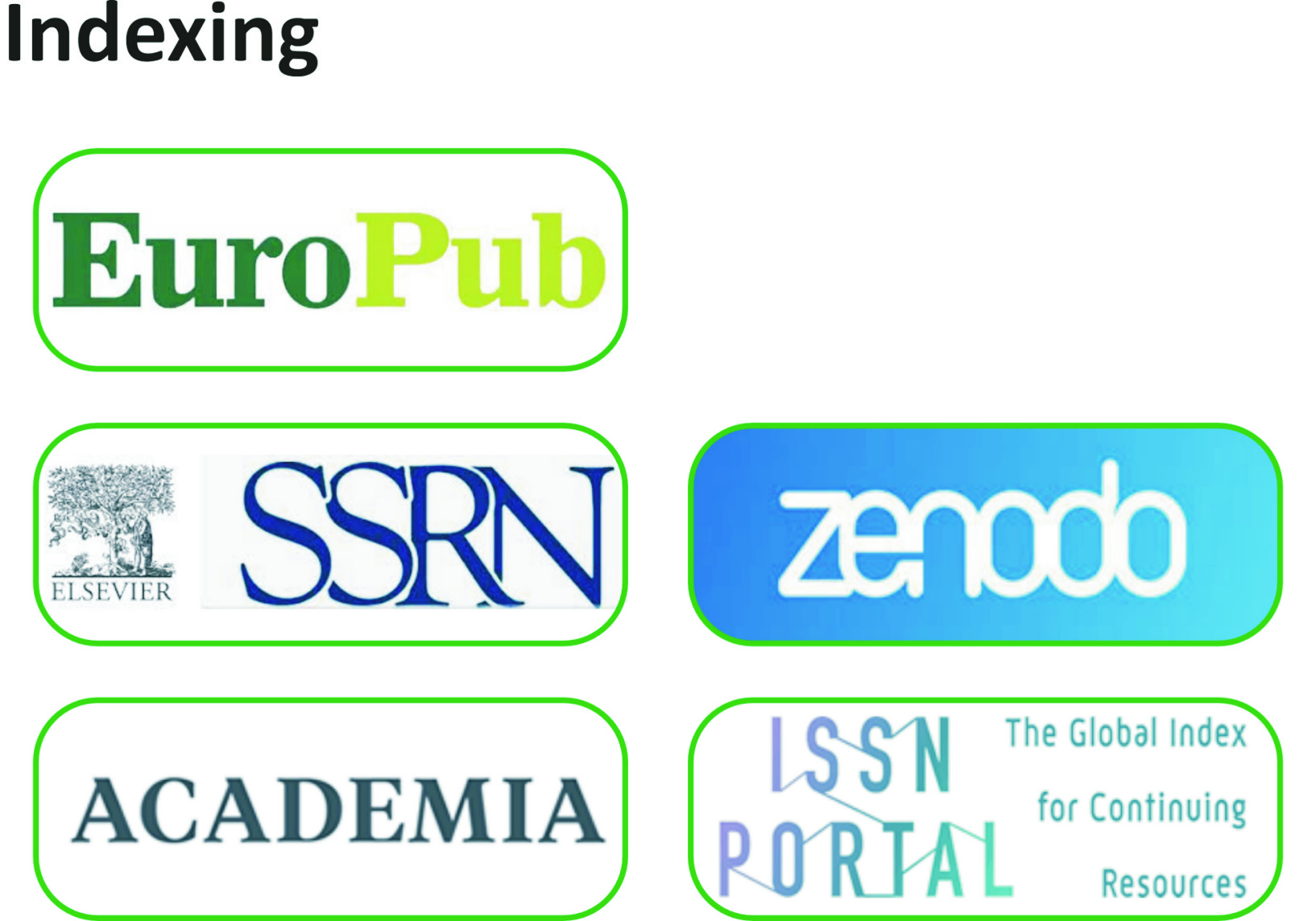Impact of Perceived Instructor (University Teachers) Credibility on Academic Dishonesty and Classroom Incivility Among University Students
Abstract
Classroom incivility and academic dishonesty are among the most pressing issues in the educational system at present that are growing continuously. To deal with these issues, it‘s necessary to highlight the predictors of these behaviors. The main objective of this study was to fill this gap by studying the impact of perceived instructor credibility on academic dishonesty and classroom incivility among Pakistani students on the basis of General Model of Instructional Communication (GMIC). The sample selected for this research consisted of 300 BS students from different universities of Pakistan. Data was collected by using the Source Credibility Scale (competence, goodwill, trust subscales), Child and Youth Classroom Incivility Scale and Academic Dishonesty Scale. Different types of statistical analysis were performed using SPSS. The results of the study indicated negative relationship of perceived instructor credibility with academic dishonesty and classroom incivility. The results concluded that perceived instructor credibility dimensions such as competence and trustworthiness are significant predictor of academic dishonesty and classroom incivility whereas goodwill is not a significant predictor of academic dishonesty and classroom incivility. Beside this, the study concluded that students who are involved in classroom incivility have greater chances to be involved in academic dishonesty and vice versa. Moreover, male students and low achievers are more likely to involve in these behaviours. These behaviors in the education system can be overcome by increasing instructors/university teachers' credibility. Beside this, more focus on male students, low achievers and students involving in lower level of classroom incivility can prevent these behaviours to escalate. These steps can be helpful in improving the teaching-learning process and to uplift the standard of education.






